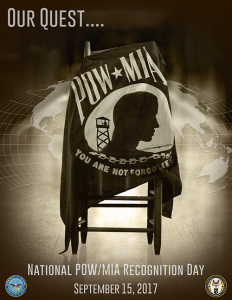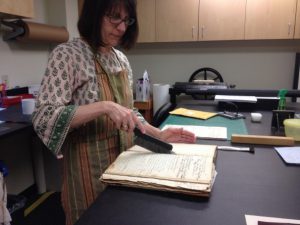
I had stepped away from the holograms, weary, my brain consumed with the stories and research those images contained. I had come to Vita Brevis, really quite by accident, while researching the ancestry of my “several times over” Great-Grandfather Record, his rumored Mayflower ties, and the family’s legend of a Good Witch, a woman who’d lived in the old megapolitan areas surrounding early 21st-century Los Angeles. Someone had mentioned at the NEHGS Quincentenary Dinner that I should look into what they had once called “blogs,” the old “posts” out there in the archival ether – that there I might find clues about the people I seeking. They’d said Vita Brevis had been around now for literally centuries, and that while the postings there had gone through some name and ‘holographic changes’ over the past three hundred years or so, that, still, I might be able to find the answers to my questions… Continue reading Five hundred years on






